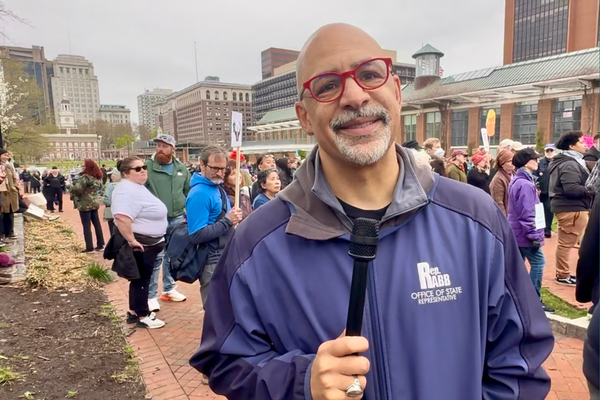To the Nation’s Dominant Media, No Kings Means No Coverage
Why many legacy media outlets are allergic to protest reporting
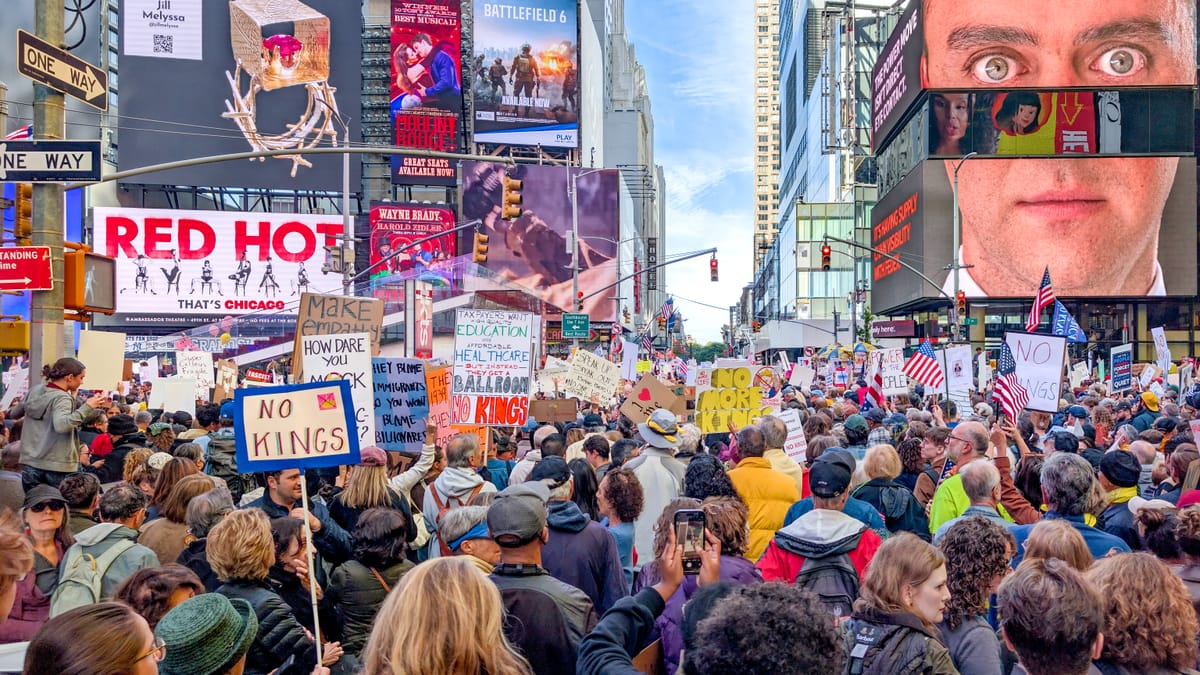
Editor’s Note: Just a quick note of thanks to all our new subscribers! Welcome to the Pressing Issues community.
This is your Tuesday reminder that one of the nation’s largest-ever public protests happened over the weekend.
You wouldn’t know it from reading the front pages of the nation’s most influential newspapers. By Monday, mention of Saturday’s massive No Kings protests had already started to dry up. By Tuesday, news of the 7-million-strong demonstrations didn’t appear above the fold at the New York Times, USA Today, the Wall Street Journal or the Washington Post.
Many prominent dailies — most notably the Times — gave paltry coverage of the 2,600 coordinated rallies to begin with as protests rippled in real time across the country from city to city and town to town.
“I think it’s better than last time,” Indivisible Co-Executive Director Ezra Levin, told Pressing Issues in an interview, referring to media coverage of the June 14 No Kings rallies that occurred at more than 2,100 locations. Despite the improvement, Levin, whose organization was a lead organizer of the rallies, still found Saturday’s coverage “infuriating,” pointing to the Times as the chief culprit in the neglect.
“And of course the regime’s main goal is to claim it never happened,” he added.
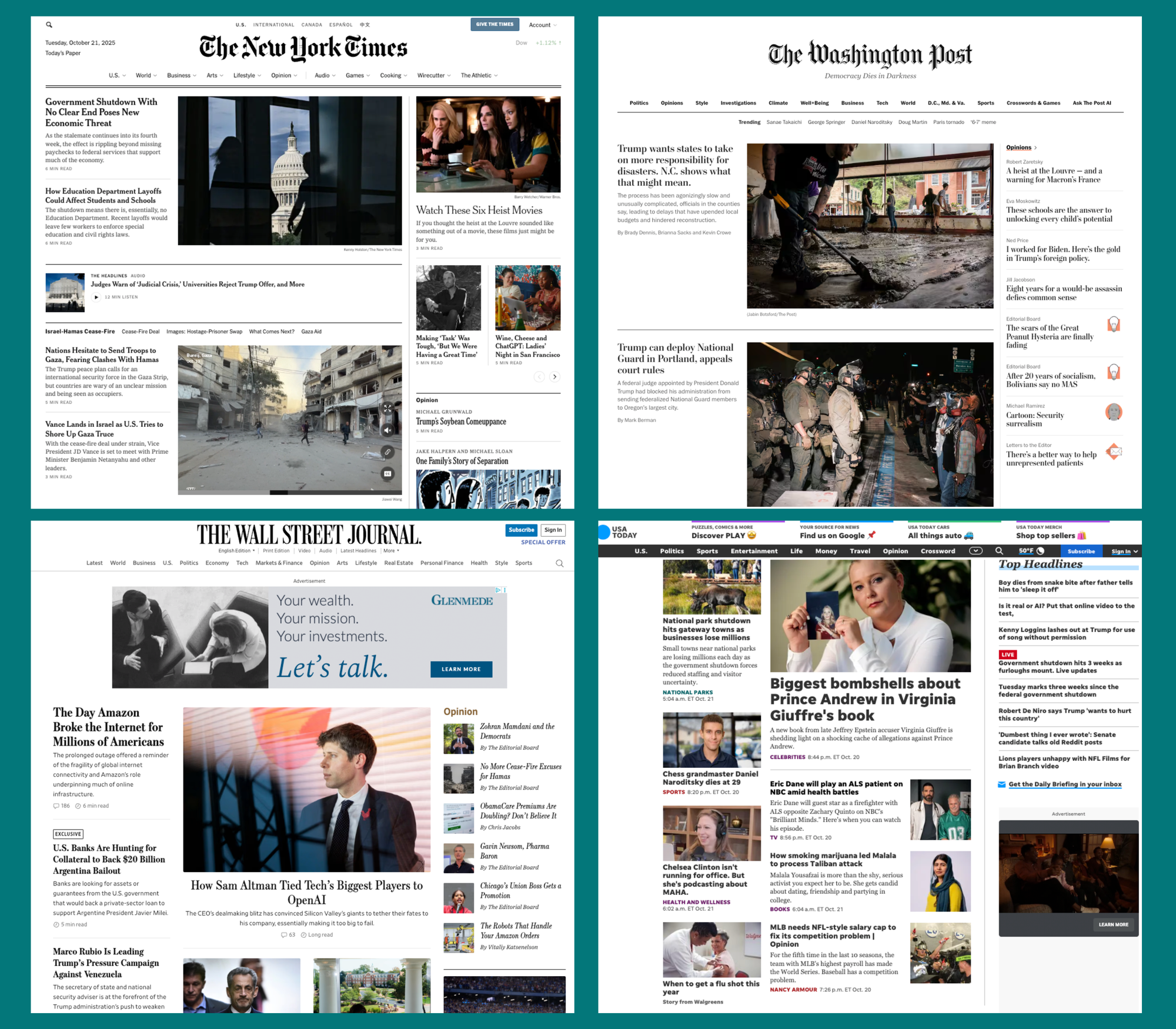
So why is it that some news media are helping the Trump administration make the case that this national day of dissent was, in the words of the president, “very small and very ineffective”?
The ‘protest paradigm’
Political historians and social scientists have a name for the media’s reluctance to give mass movements their due: the “protest paradigm.” Movements that organize large-scale public protests too often confront an indifferent and even hostile media establishment seeking to delegitimize these efforts.
In her analysis of this phenomenon back in 2020, writer Kendra Pierre-Louis pointed to a 2010 University of Washington study that looked at 40 years of protest coverage in five prominent newspapers, including the Times and the Post. The study found that the dailies depicted these mass public mobilizations “as nuisances rather than as necessary functions of democracy.”
Too often, activists find that the press “favors spectacle, conflict, disruption, and official narratives over the substance of movements that challenge the status quo,” University of Minnesota Professor Danielle K. Brown wrote about protest coverage in 2021.
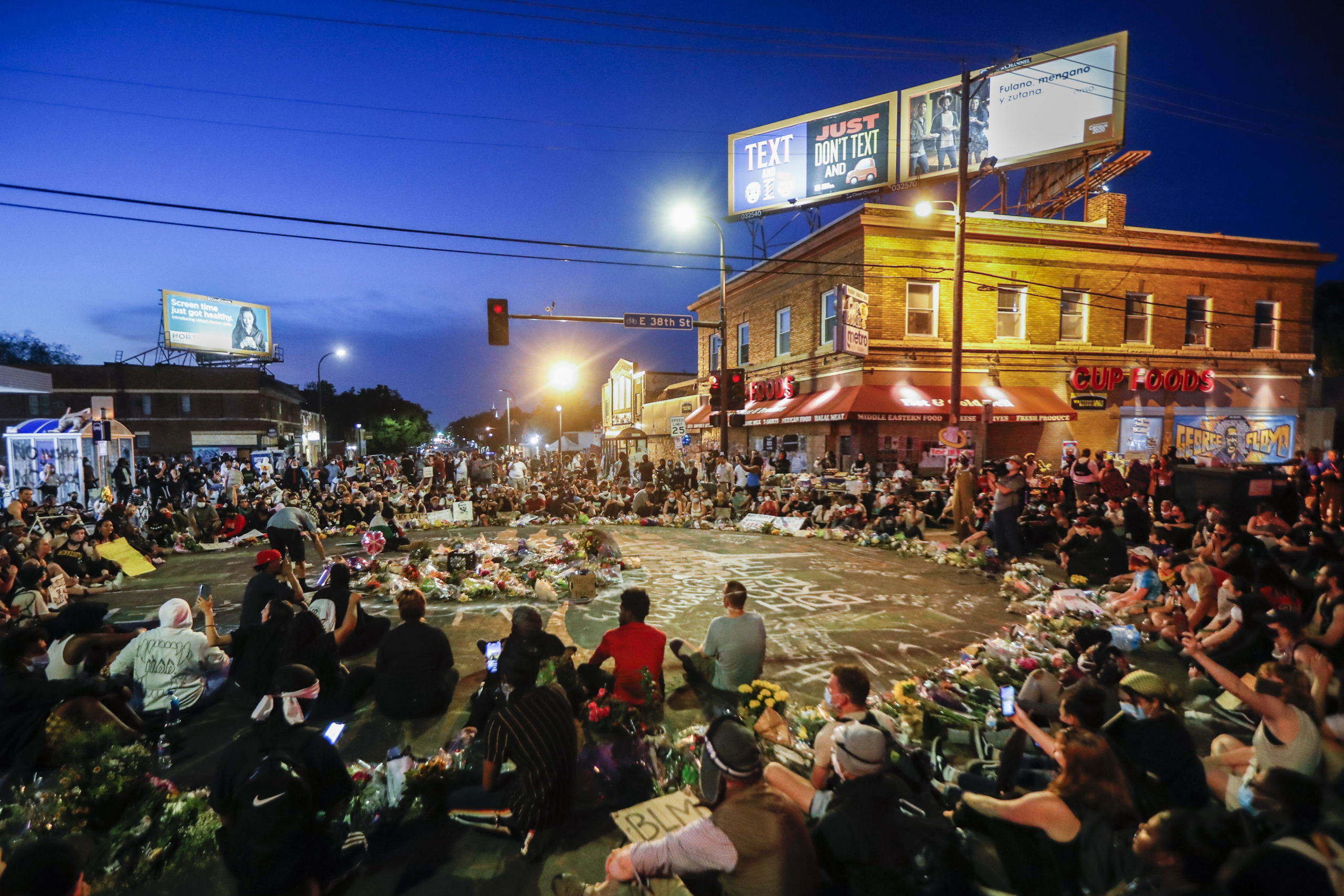
This problem is especially acute in the coverage of racial- and social-justice protests. “Even well-intentioned newsrooms struggle with [providing] accurate and comprehensive coverage,” Brown wrote of the 2020 Black Lives Matter protests. “The institutions that sustain journalism’s culture tend to be extremely white; journalism’s norms and routines — daily decisions about stories, sources, and staffing — are viewed primarily through a white gaze.”
By comparison, media coverage of the much, much smaller and whiter Tea Party protests in 2009 and 2010 far exceeded the scale of the movement.
Here's a gift link to the New York Times' coverage of the initial Tea Party rallies in April 2009 which inspired the media to treat it like a massive movement. Check out how tiny the crowds were: Philly: 200 DC: "several hundred" Boston: 500 Austin: 1,000 Houston: 2,000
— Kevin M. Kruse (@kevinmkruse.bsky.social) 2025-10-20T12:55:23.695Z
In 2023, University of California, San Diego Professor LaGina Gause compared Tea Party reporting to establishment media’s coverage of other protests and found the tone often depended on the race and objectives of the protesters. She concluded: “Media are much more likely to depict protests by people of color using language that evokes a sense of threat by using anger- and fear-laden language than comparable coverage of protest activity involving mostly white individuals.”
Looking like America
While data on the latest No Kings rallies are currently unavailable, Saturday’s 50-state protests seemed to involve a broad cross-section of the nation — excluding, of course, the roughly 40 percent of people who tell pollsters that they still approve of Donald Trump's leadership. From my perspective, though, the more than 100,000 people marching on New York City streets on Saturday skewed slightly older than the national norm.
The crowds weren’t the “radical, left lunatics” Trump and his lackeys portray us as. Protests were boisterous but largely peaceful. By day’s end, the New York Police Department noted that it had made zero “protest-related arrests.”
And while some have argued that the protests were too tame, former New Republic senior editor Brian Beutler notes that “a durable, peaceful protest movement driven by professional managers and pensioners isn’t cool or radical, but it’s unusually dangerous to the regime.”
Perhaps if crowds had been more of a nuisance we would have seen more of the sort of coverage that establishment media tends to give protests — the delegitimizing reporting that fits the paradigm but does little to reveal the forces driving a growing and courageous public movement to defend democracy against an autocrat.
And to be fair, smaller dailies and local broadcast outlets did devote more attention to the rallies. CNN media reporter Brian Stelter collected several local examples of front-page coverage that more accurately reflected the energy of the day — from the Grand Junction Daily Sentinel to The Times of Northwest Indiana.
I scrolled through the @1stforall.bsky.social's gallery of print front pages for local coverage of "No Kings" protests. Here are some of the standout papers, starting with the Daily Sentinel of Grand Junction, Colorado:
— Brian Stelter (@brianstelter.bsky.social) 2025-10-19T14:28:11.208Z
Avoiding politics in the streets
There’s something else behind some of the dominant media’s aversion to legitimate expressions of people power. Roosevelt Institute Fellow Ned Resnikoff pins it on legacy media’s “patrician disdain for the idea that politics can happen in the streets and not just the CNN green room.”
There’s undeniable power in setting the nation’s political agenda, which explains why so many billionaires — from the Ellisons to the Murdochs to Bezos and Musk — are determined to own more major media, and install their minders in newsrooms.
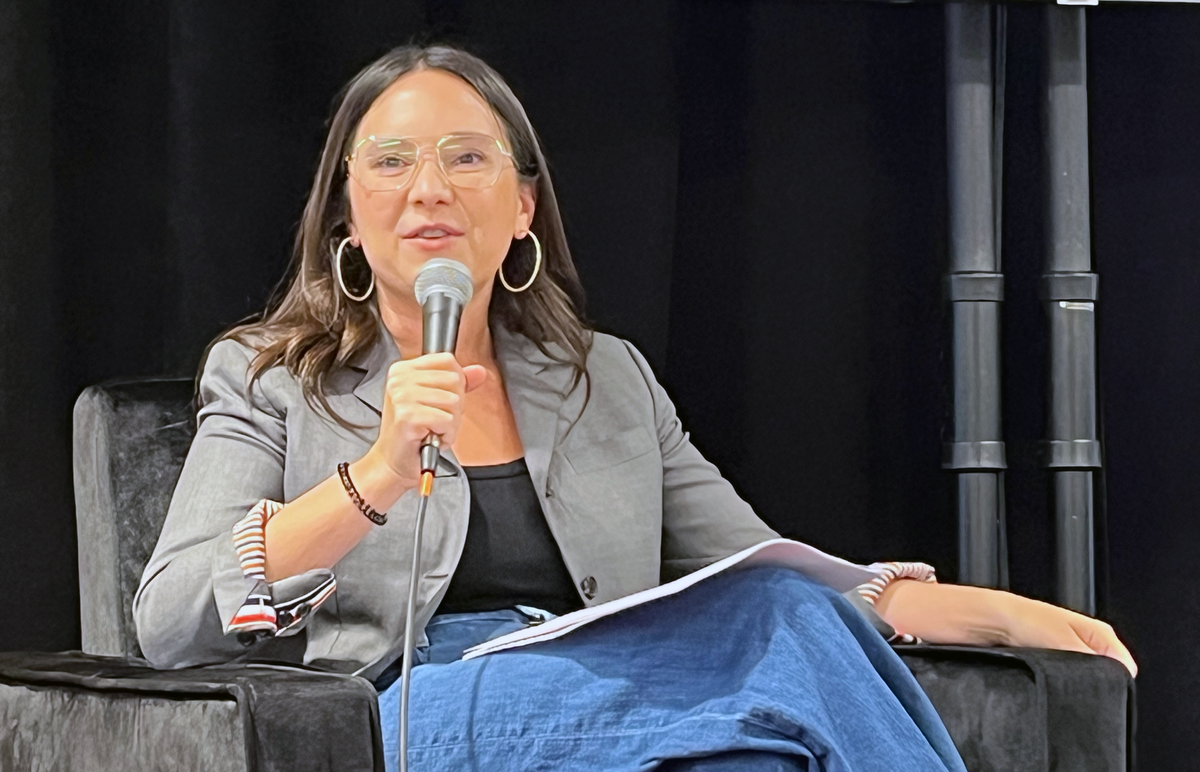
As I’ve documented in Free Press’ Media Capitulation Index, these billionaires’ deep entanglements with government interests have made it increasingly difficult for their newsrooms to speak truth to the political and financial powers that be — a deeply concerning development at a time when the Trump regime is attacking journalism and undermining our constitutional right to protest.
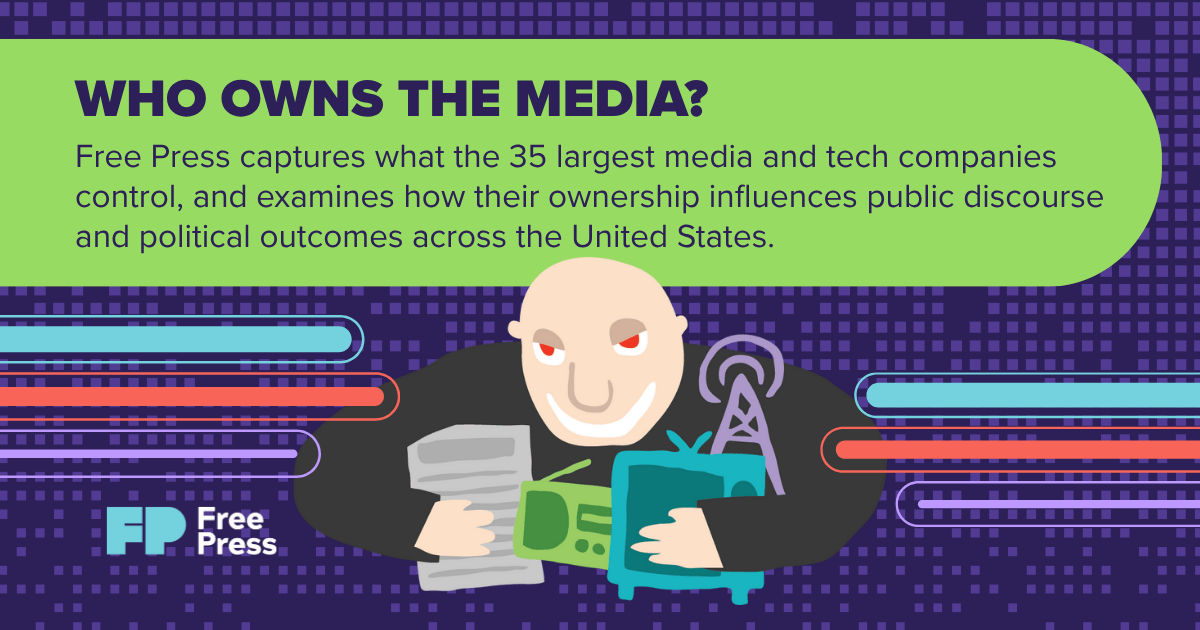
“For those in the media eager to move on, we will keep reminding them why this renewed resistance matters,” Indivisible’s Antonio Arellano told Pressing Issues in an interview. “No Kings did not end on Saturday. It is the continuation of a movement that has been building all summer, and we are not stopping now.”
And that's the good news.
Open tabs
Read Makenna Kelly’s inside look at the Trump administration’s “invasion” of Bluesky, seemingly timed with the No Kings protest — and part of White House’s ongoing efforts to “troll the libs.”
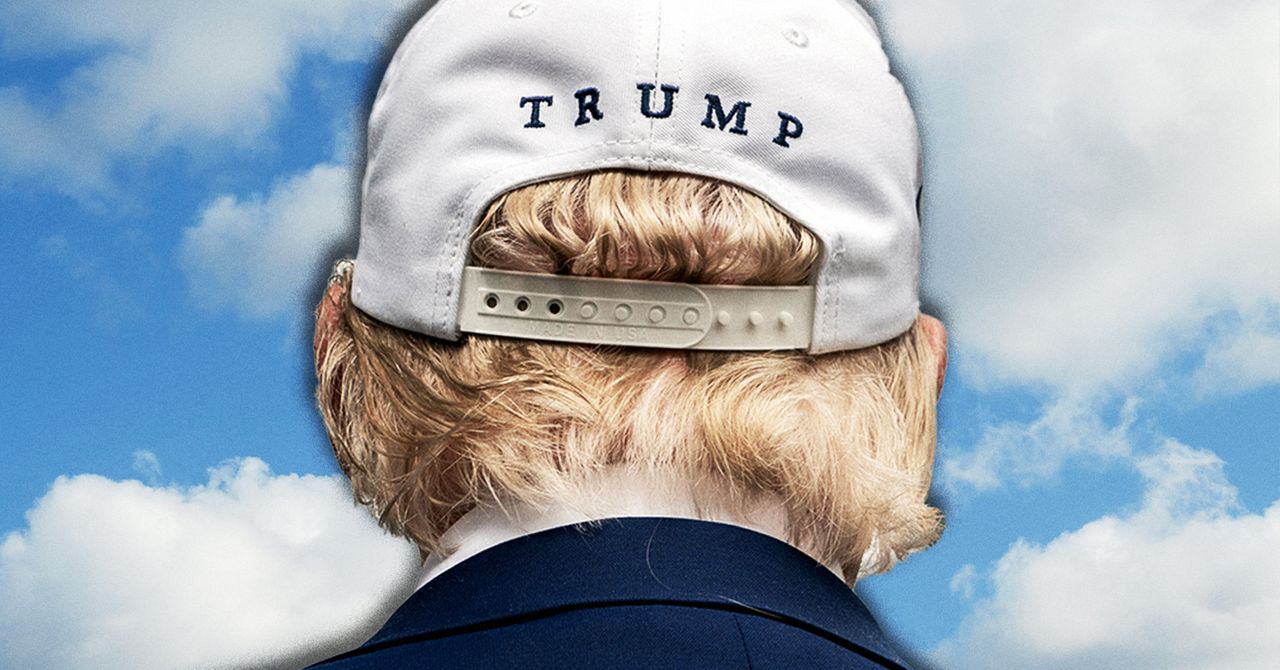
German scholar Thomas Zimmer explains his difficult decision to leave behind his academic career at Georgetown, the United States and Substack. A harrowing tale.
“The comprehensive assault on free speech we are experiencing now is obviously not just, or even primarily targeting foreigners. But it does affect people differently, as authoritarianism is never distributed evenly,” Zimmer writes. “And as a foreign national, I increasingly felt my choice was to either continue to intervene publicly, at the increasing risk of making myself and my family a target; or to fall silent, accommodate, ignore the political reality. Don’t go to protests, don’t add your name to any initiative that defends democracy, don’t publish anything, be careful what you say in the classroom… Unacceptable. Untenable.”
The kicker
“I’ve been scared for the first time in my life to come out to protest. The right framing for these people is to laugh at them, make fun of them, and show up in peaceful protests. So that’s why I’m here … I’m tired of being afraid, and I’m going out in my unicorn outfit.”— Portland protester Sedef Buyukataman, interviewed by Slate while wearing an inflatable costume
About the author
Timothy Karr is the senior director of strategy and communications at Free Press. He’s worked as a photojournalist, foreign correspondent and editor for major news outlets. His commentary on the media has appeared in dozens of magazines and newspapers worldwide. Follow him on Bluesky.
